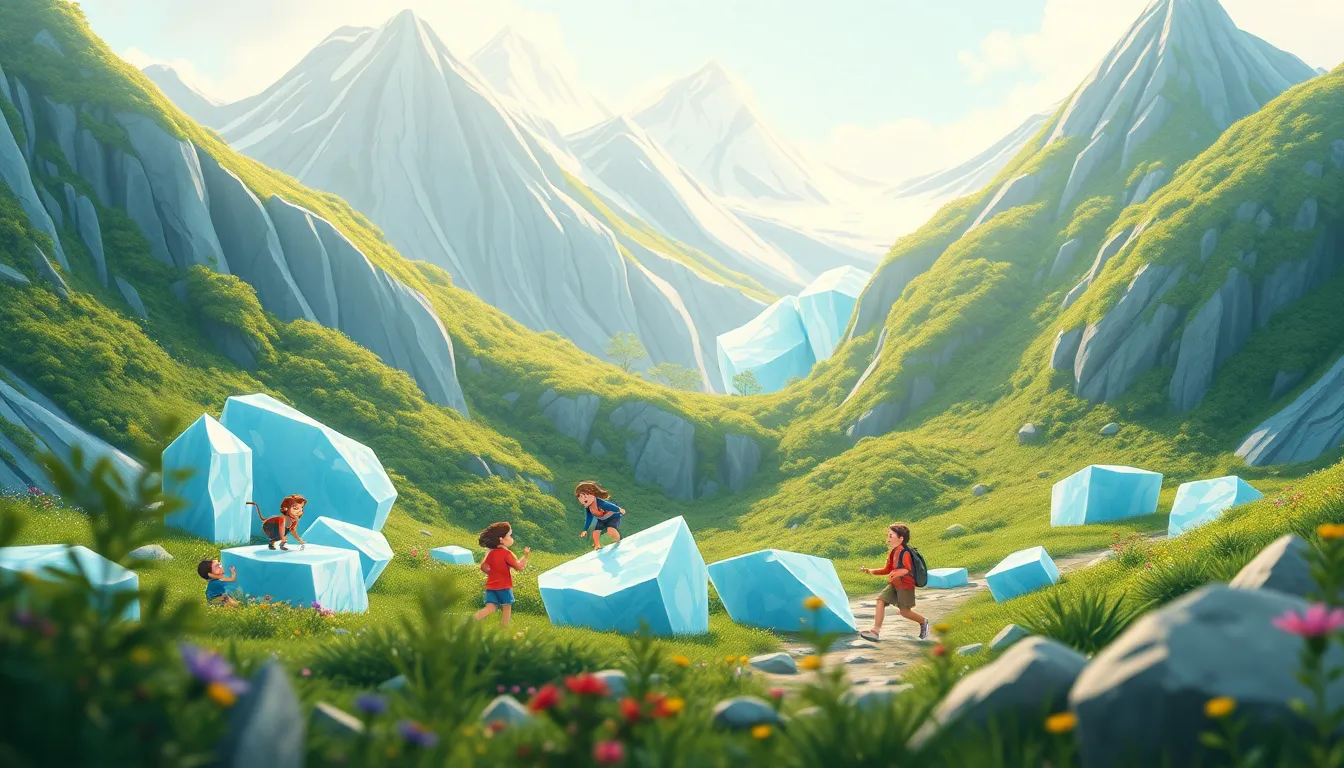
❄️ Glaciers: Nature’s Big Ice Blocks
Introduction
Glaciers are huge pieces of frozen water that move very slowly across the land. They live in cold places like the tops of mountains and far‑north lands. Let’s explore these icy giants!
1. What Is a Glacier?
A glacier starts as snow that never melts in the summer. Over many years the snow gets pressed together, turns into ice, and becomes thick—sometimes as tall as a tall building!
2. How Do Glaciers Move?
Even though ice is hard, a glacier can slide like a slow sled. The weight of all the ice pushes down, and a thin layer of water underneath helps it slip. It moves only a few inches to a few feet each day—much slower than a snail’s crawl!
3. Why Are Glaciers Important?
- Fresh Water: When a glacier melts, it gives clean water to rivers and lakes.
- Land Shaping: As they move, glaciers carve valleys and make big U‑shaped holes in the earth, like giant sand toys.
4. Imagine a Glacier Adventure
Picture yourself standing on a sparkling white field that stretches forever. The wind whistles, and you can hear the deep rumble of ice grinding against rock. If you could ride a glacier, you’d glide over hills and see hidden waterfalls under the ice!
Did You Know? 🤔
A single glacier can hold enough water to fill an Olympic swimming pool Over 10,000 Times!
Conclusion – Go Explore!
Glaciers may be far away, but you can learn more by looking at pictures, watching videos, or visiting a science museum. Next time it’s cold, imagine the giant ice blocks hidden in the world and think about how they help give us fresh water. Keep asking questions and discover the wonders of nature!